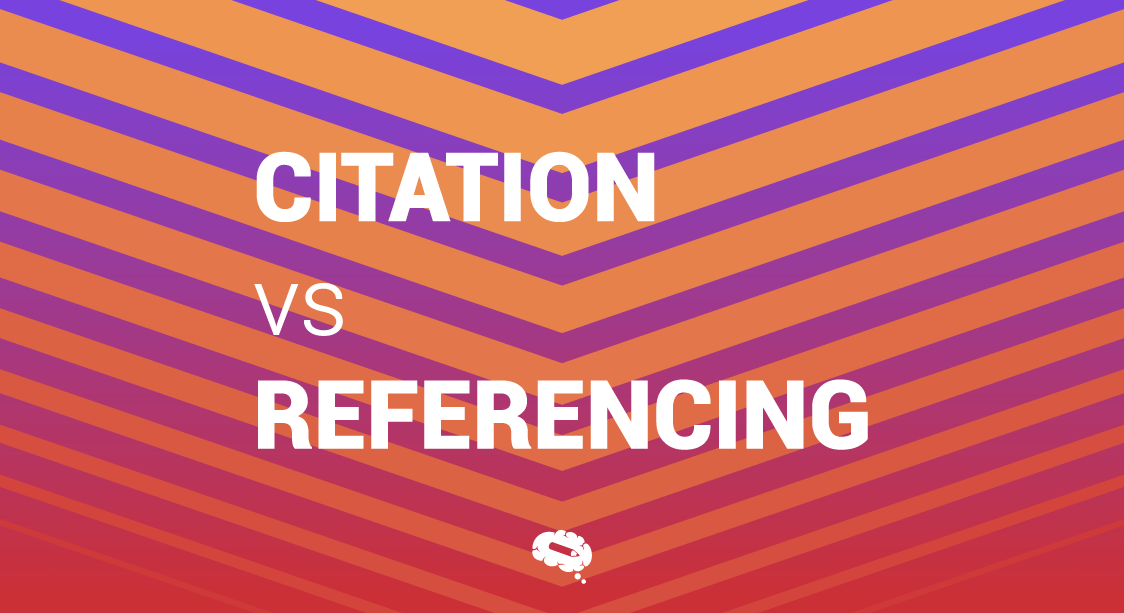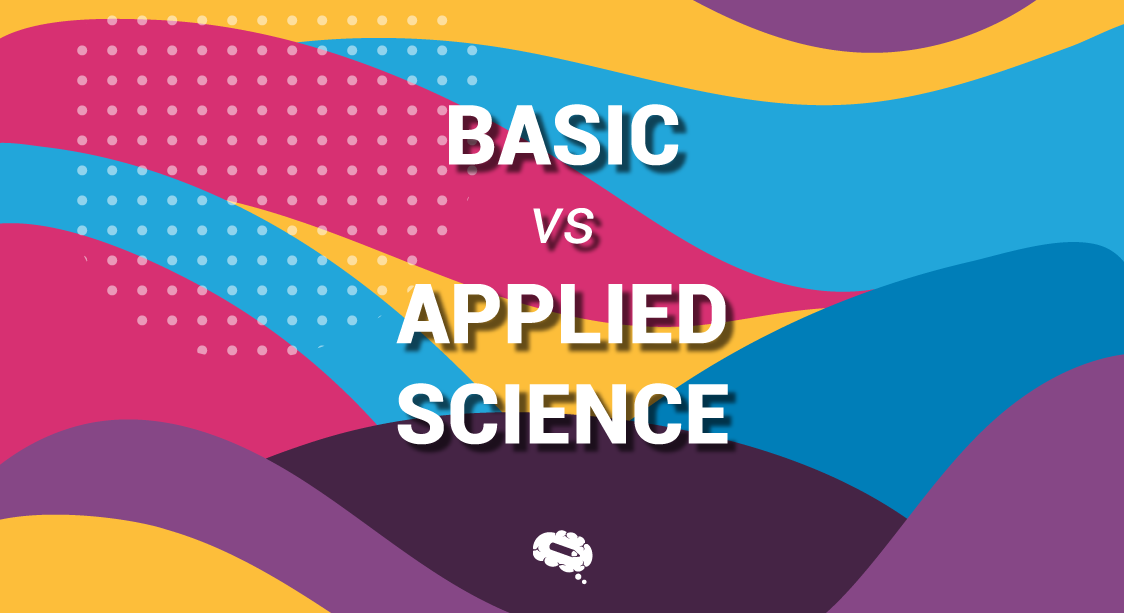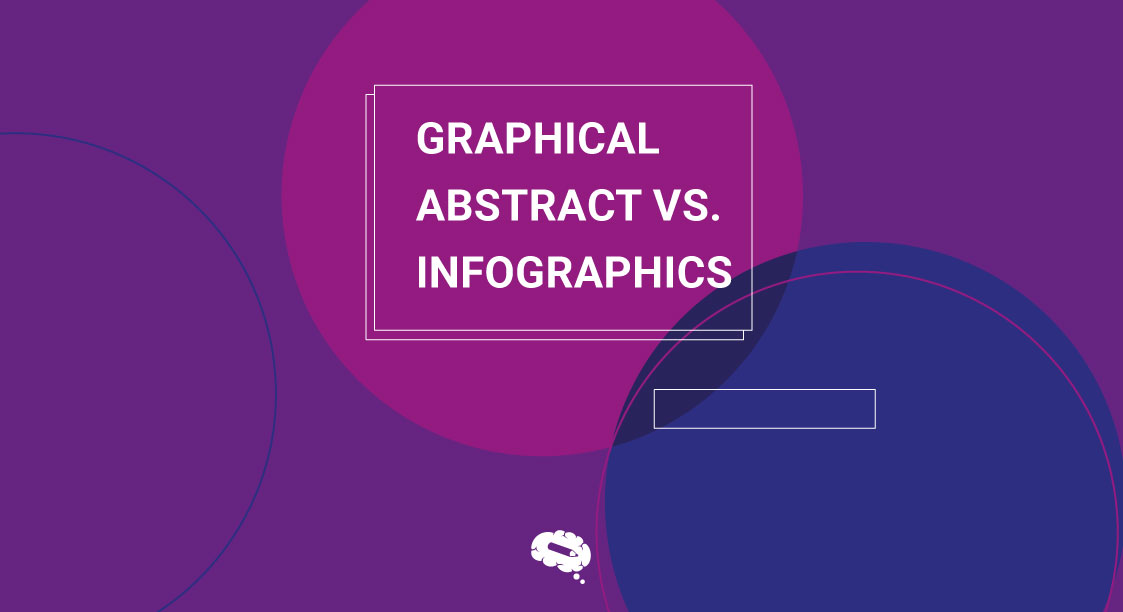Citation and referencing are two essential elements of academic writing. They have a crucial role in providing recognition to the sources utilized in a piece of writing as well as acknowledging the work of other researchers.
Understanding the basic differences between citation vs referencing is critical for achieving academic success. In this article, we will look at the differences between citation vs referencing, as well as their importance and practical tools for using them successfully in your writing.
What is a citation?
Citation is the practice of acknowledging a source within the body text of a document’s writing. When you reference a source, you are showing that you used that source’s information, ideas, or words. Citing your sources acknowledges the original author and allows readers to find the source material if they wish to learn more.
Citations in academic writing often include the author’s name, the year of publication, and the page number(s) of the original material. Citations can be used to provide evidence to support an argument, provide credibility to a claim, or acknowledge the work of other researchers.
What is referencing?
Referencing is the process of providing a thorough list of all sources mentioned in a document. This list comes at the end of the document and provides comprehensive bibliographic information for each source, including the author’s name, work title, publisher, and publication date.
Citation vs Referencing: Key Differences
Definition and purposes
While citation and referencing are closely connected, there are several significant differences between the two:
Citation is the act of recognizing a source of information within the text of a document, usually by inserting the author’s name and the year of publication in parentheses, or by using a footnote or endnote. Citation is frequently used to support an argument or claim or provide evidence for something in particular within the body text.
Referencing, on the other hand, is the act of presenting a complete list, commonly towards the conclusion of the document, of all the sources mentioned. The purpose of referencing is to give readers a comprehensive and accurate record of the sources used in the document, allowing them to identify and verify the material mentioned, as well as to allow subsequent scholars to expand on the work by using the same sources.
Content
A citation normally includes the author’s name, the year of publication, and the page number(s) of the source material. Additional information, such as the title of the work or the name of the publisher, may be supplied in some situations.
A reference list, on the other hand, contains more detailed information about the source; each entry in the reference list typically includes the author’s name, the title of the work, the publisher, and the publication date, as well as any other relevant information such as the edition, volume, or page numbers.
Formatting
Citations are often brief and used within the body of a document to explain where certain information or ideas came from. They may take several forms depending on the citation style employed and it can be formatted in parenthesis, footnotes, or endnotes, their placement within the document might also vary based on the citation style.
In contrast, references are a complete list of all the sources referenced in a document. They are normally put at the end of a document, on a different page, and are organized alphabetically by the author’s last name or, if there is no author, by the first word of the title.
The structure of referencing, like citation, may change based on the citation style employed.
Types of Citations
There are several types of citations that may be used in a text. Here are a few examples of the most prevalent types:
Direct Quote:
A direct quote is an exact reproduction of a text, phrase, or sentence from a source that is surrounded by quotation marks and cited with the author’s name, publication year, and page number(s) of the source material.
“The most beautiful thing we can experience is the mysterious” (Einstein, 1979, p. 5).
Paraphrasing:
Rewording the material from a source in your own words, while giving the proper credit, is known as paraphrasing. Since the paraphrasing contains numerous sentences, include the author’s name and publication year but not the page number.
According to Einstein (1979), the most beautiful sensation is the wonder of the unknown.
Summarizing:
Summarizing is when you present a concise summary or condensed version of a source in your own words while citing the author. The author’s name and the year of publication should be included in the citation.
Researchers have found that the consumption of sugar is linked to a higher risk of obesity and diabetes (Smith, 2015).
Indirect or Secondary Citation:
Citation of material that you discovered in one source but was first published in another. Both the original author’s name and the author of the source you utilized should be included in the citation.
Johnson (1998) as cited in Smith (2015) found that there is a positive correlation between exercise and mental health.
Types of Referencing
Author-Date System
The sources in the author-date system are listed at the conclusion of the report in alphabetical order according to the last name of the first author, as in the following example:
Smith, J.K., L.M. Johnson, and R.T. Green. 2020. Effects of Climate Change on Forest Ecosystems. Ecology and Conservation, 25(4), 45-56.
Numeric System
In the author-date system, sources are arranged in alphabetical order based on the last name of the first author and placed at the end of the report, for example:
4. Wilson, J.T., P. Mitchell, and K. Jones. 2010. Bird Communities in a Fragmented Forest Landscape. Journal of Wildlife Management, 74(2), 223-231.
Importance of Citation and Referencing
Citation and referencing are essential in academic writing as they enable authors to credit the original sources for information utilized. They allow readers to verify the statements made in the text and locate the sources utilized as support.
Proper citation and reference assist in conveying the author’s trustworthiness and expertise of the topic while avoiding plagiarism accusations.
Tools for Citation and Referencing
Citation and referencing tools can make the management of sources considerably more efficient and precise. Among these tools are:
- EndNote, Zotero, and Mendeley are examples of reference management software that may help you collect, save, and organize sources as well as produce citations and bibliographies.
- Citation generators, such as EasyBib, Citation Machine, and BibMe, allow you to enter source information and generate a citation in the proper citation style.
- Word processing software with built-in citation capabilities, such as Microsoft Word and Google Docs, that can produce citations and bibliographies in a multitude of formats.
These tools can assist you in ensuring that your citations and references are precise, consistent, and properly structured, saving you time and effort and assisting you in avoiding potential mistakes and ethical infringements.
Start creating infographics and scientific illustrations
Mind The Graph is a user-friendly and adaptable tool that may assist users in graphically communicating difficult scientific concepts and data. Created with the goal of making the lives of researchers, students, educators, and professionals across many fields simpler.

Subscribe to our newsletter
Exclusive high quality content about effective visual
communication in science.




